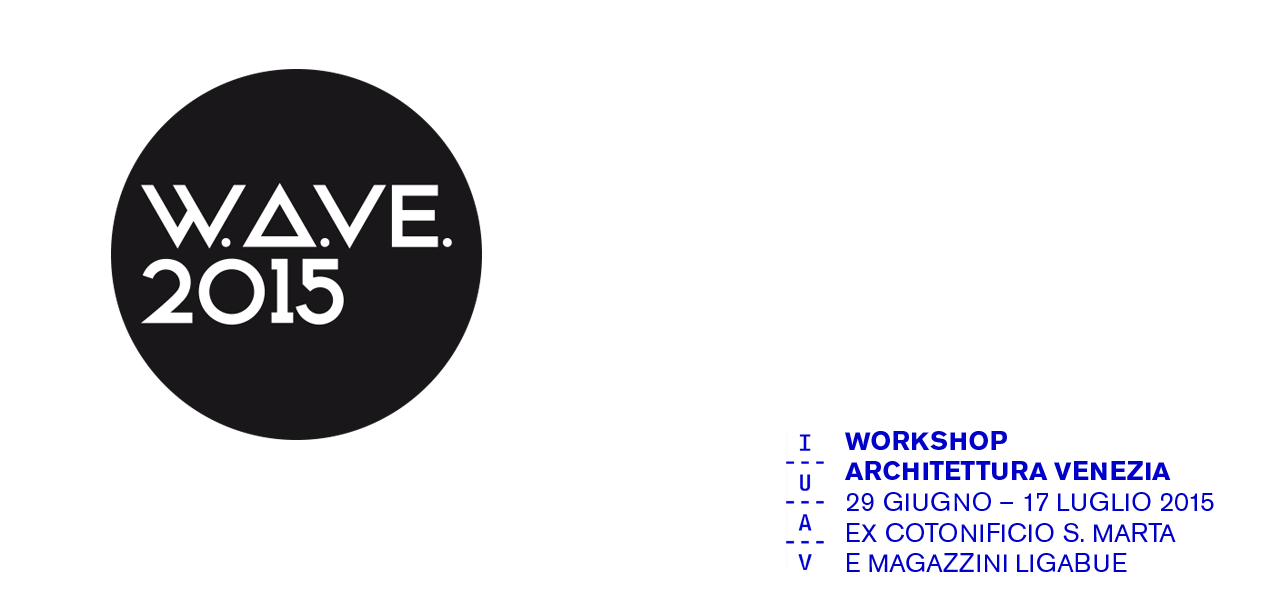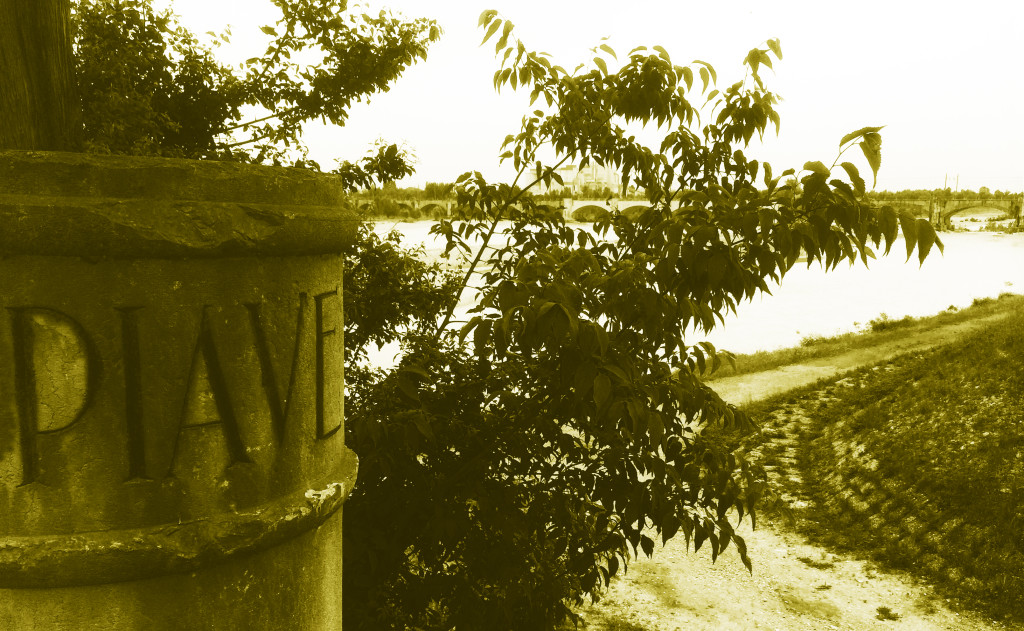Professor
Giovanni Marras [IUAV], Jinyoung Chun [KR]
Assistants
Jung Soo Kim, Andrea Pastrello, Michelangelo Zanetti
EN // Landscape as heritage, as a place where past and future come true in the present through actions of memory and invention. Landscape where architectural complexes, natural habitats, archaeological sites, industrial areas, historical established settlements, new and old infrastructural systems, create the cultural identity of the people who inhabit it.
The workshop aims to explore ways and techniques of architectural composition and design to read this complex and layered cultural heritage. Students will be guided by the teachers in a project experience on a “piece” of Veneto landscape: a section of the Piave River, “Sacred River to the Motherland”, in which history has left the signs of past and present conditions of human work, that was theater of war and reunification, the place of the controversial regional and national collective memory.
Designing architecture for these places, in which memory and invention measure the fields of mutual influence, means to recognize authenticity, relevance and presence of iconic and material values of these elements of identity in the present time.
Architecture, by its nature, has always measured itself with the cultural and material values (such as capital, heritage, etc) and has always faced the issue of duration. Temporality and duration of architecture will be cross-cutting themes to be experimented with projects of significant sections of landscape, along the river banks of the Piave.
Through targeted surveys – to be conducted both individually and in small groups – students will be required to read the character of this complex identity heritage and to conceptualize and identify the project themes trough drawings, virtual and physical models, photographic montages.
The knowledge gained in the descriptive and interpretative early stages must, in some way, lead to the design of an “architectural flora and fauna ” which will inhabit these places.
This program immediately identifies the need to hold together the scale of architectural objects and the large size of the landscape. Students will be challenged to build scenarios starting from the reading of formal and temporal discontinuity of the landscape, linking monumentality and everyday life, according to a list of topics: work time, play time and holiday time, the time of the material and immaterial culture, mobility network – slow and fast. Students will have to distinguish between stable architectural elements, designed to last for a longer time, and new elements of invention intended to last a limited time.
The workshop, rather than defining a single plan, will try to point out some strategic actions, “case studies”, which will develop in architectural projects at small and large scale.
The workshop involves Italian and Korean students and takes place as part of an international collaboration between the University IUAV of Venice and CAMU, College of Architecture Myongji University, Korea.
IT // Il paesaggio inteso come patrimonio: luogo in cui passato e futuro si realizzano nel presente attraverso azioni di memoria e invenzione. In cui complessi architettonici, habitat naturali, siti archeologici, aree industriali, insediamenti storicamente consolidati, antichi e nuovi sistemi infrastrutturali, costituiscono l’identità culturale delle persone che vi abitano.
Il workshop intende sperimentare modi e tecniche della composizione architettonica per leggere e progettare questa eredità culturale complessa e stratificata; gli studenti verranno guidati dai docenti in una esperienza di progetto su un brano di paesaggio Veneto: un tratto del fiume Piave, “Fiume Sacro alla Patria”, in cui la storia ha depositato i segni di passate e presenti condizioni del lavoro dell’uomo, teatro di guerre e riunificazioni, luogo di una controversa memoria collettiva regionale e nazionale.
Pensare architetture per questi luoghi, in cui memoria e invenzione misurano i reciproci campi di influenza, significa riconoscere autenticità, attualità e presenza del valore iconico e materiale di questi elementi identitari nel tempo presente.
L’architettura, per sua natura, si è sempre misurata con i valori culturali e materiali (come capitale, come patrimonio, ecc.) e ha sempre affrontato la questione della durata; temporalità e durata dell’architettura saranno dunque temi trasversali da sperimentare nella progettazione di sezioni significative di paesaggio lungo le sponde del fiume Piave.
Mediante sopralluoghi mirati – da condurre sia individualmente, sia suddivisi in piccoli gruppi – gli studenti saranno tenuti a leggere i caratteri di questo complesso patrimonio identitario e a concettualizzare e identificare i temi di progetto con disegni, modelli fisici e virtuali, montaggi fotografici.
La consapevolezza acquisita nelle fasi descrittive e interpretative dovrà, in qualche modo, condurre alla progettazione di una sorta di “flora e fauna architettonica” con cui ripopolare questi luoghi. Il presente programma identifica dunque da subito la necessità di tenere insieme la scala dei manufatti architettonici e la grande dimensione del paesaggio.
Gli studenti saranno chiamati a costruire scenari possibili a partire dalla lettura delle discontinuità formali e temporali del paesaggio, mettendo in relazione monumentalità e quotidianità, secondo una lista di temi: il tempo del lavoro, il tempo del gioco e della vacanza, il tempo della cultura materiale e immateriale, la mobilità – lenta e veloce.
Gli studenti dovranno distinguere tra elementi architettonici stabili, pensati per durare per un tempo più lungo, e nuovi elementi di invenzione destinati a durare un tempo limitato.
Il workshop, piuttosto che tendere alla definizione di un disegno unitario, cercherà di mettere a punto alcune azioni strategiche, “casi studio”, che si concretizzeranno in progetti di architettura alla piccola e alla grande scala.
Il laboratorio coinvolge studenti italiani e coreani e si svolge nell’ambito di una collaborazione internazionale tra Università IUAV di Venezia e CAMU, College of Architecture Myongji University, della Corea.


Leave a Reply